In a moment that sounds like it could be straight from a thriller movie, a woman named Chen from Xiamen, China, woke up one morning in a hospital unable to hear her boyfriend’s voice. Shockingly, it wasn't just his voice; she couldn't hear any male voices at all—though she could hear women’s voices clearly.
The perplexing situation led Chen to consult Dr. Lin Xiaoqing, an ear, nose, and throat specialist at Qianpu Hospital. Dr. Xiaoqing confirmed Chen had a rare ear disorder known as Reverse Slope Hearing Loss (RSHL). “She was able to hear me when I spoke but couldn't hear a male voice. She couldn't hear him at all,” Dr. Xiaoqing explained, per the Daily Mail.
RSHL is an uncommon condition characterized by the inability to hear low-frequency sounds such as men’s voices, bass notes in music, and thunder. Audiologists measure hearing loss using audiograms, and RSHL typically presents as a downward slope, showing a unique impairment in perceiving lower frequencies. The condition is exceedingly rare, occurring in only one out of every 12,000 hearing loss cases, according to Audiology & Hearing.
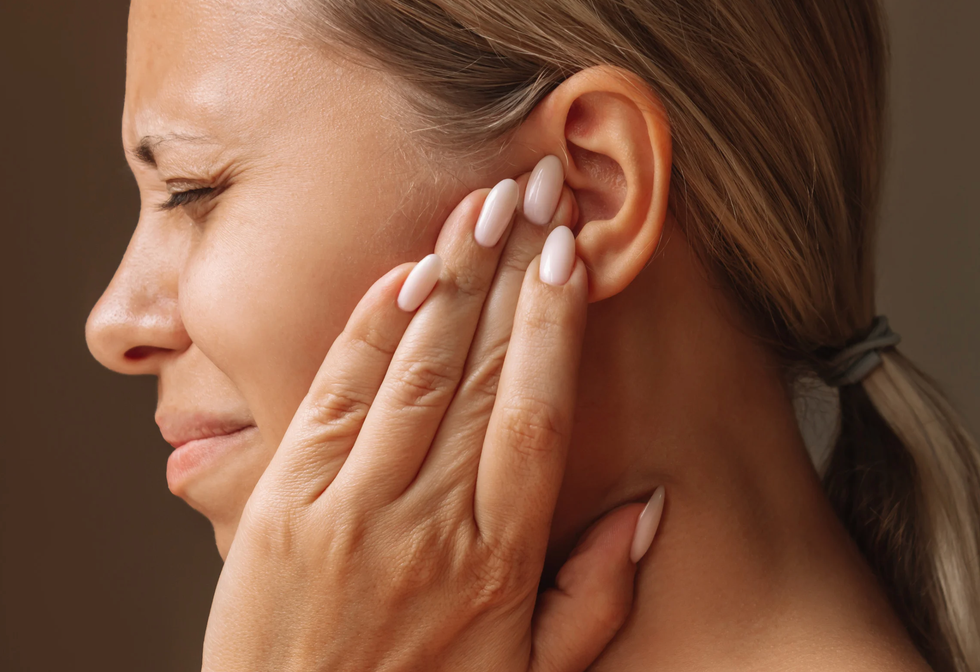
Before the sudden hearing loss, Chen recalled experiencing nausea and a strange ringing sensation in her ears the night before. Specialists initially speculated that a viral infection might have triggered her condition. However, in Chen's specific case, they ultimately attributed the onset of RSHL to stress, overwork, and insufficient sleep.

Patricia Johnson, an audiologist speaking with Business Insider, highlighted three primary causes of RSHL. “A particular gene might cause certain hair cells to never develop in utero,” Johnson explained. Additionally, RSHL could stem from conditions like Meniere's disease, which affects inner-ear fluid, or it could arise abruptly from a viral infection, as was first suspected in Chen's case.
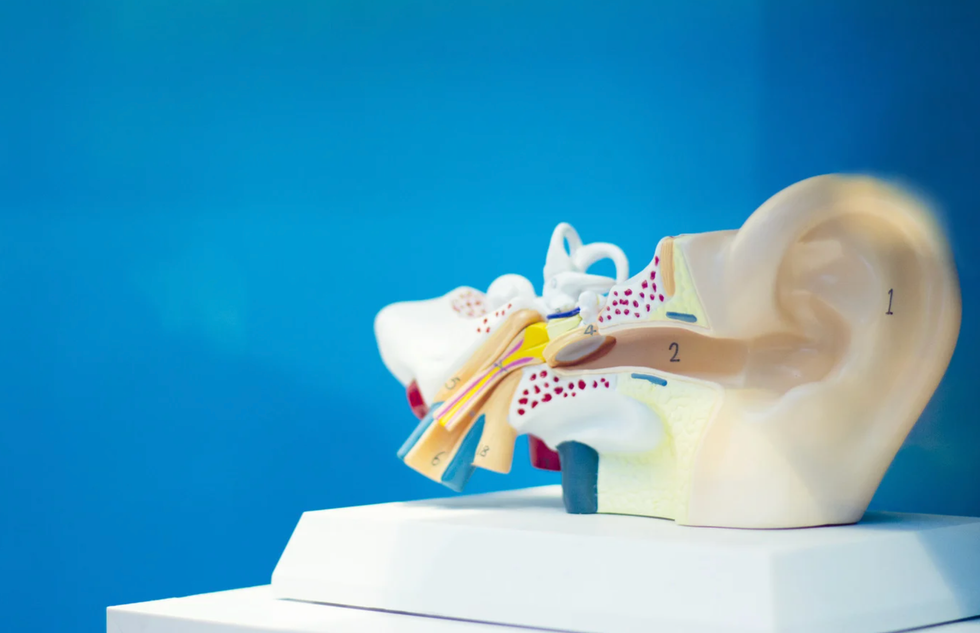
Hearing typically involves sound waves traveling through the ear canal, vibrating the eardrum, and moving tiny bones in the middle ear—malleus, incus, and stapes. These vibrations then reach the cochlea in the inner ear, causing fluid to ripple and hair cells to move, ultimately sending signals to the brain. Damage or dysfunction at any point in this delicate system can result in varying types of hearing loss.
Fortunately, doctors confirmed that Chen’s form of RSHL was treatable and that recovery was likely with rest and proper care. Her unusual story, initially reported in 2024, recently resurfaced as researchers and audiologists continue exploring the complexities and nuances of rare auditory conditions, spotlighting the importance of stress management and sleep for overall ear health.
This article originally appeared last year.


















 A couple sleeping in their tentCanva
A couple sleeping in their tentCanva
 Gif of Bryan CRanston being angry via
Gif of Bryan CRanston being angry via 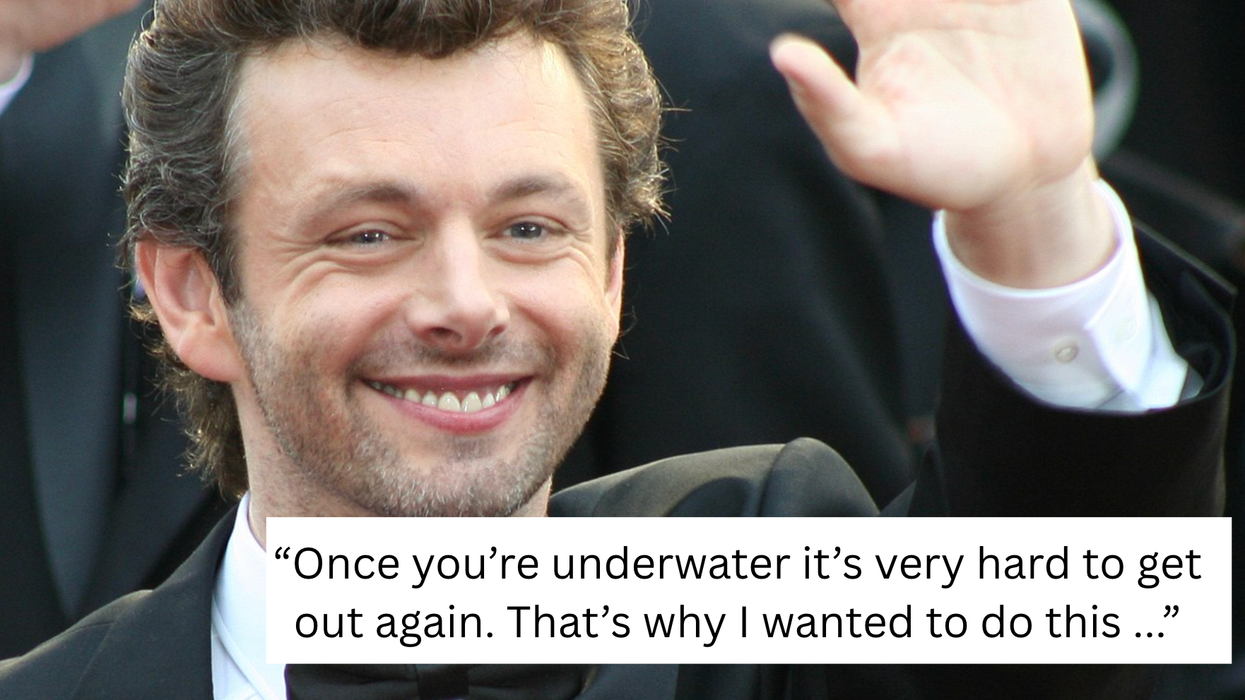


 A therapist listens to a patientCanva
A therapist listens to a patientCanva Animated gif of someone scrolling through phone via
Animated gif of someone scrolling through phone via  A couple purchasing new car wrapped in a bow at the dealershipCanva
A couple purchasing new car wrapped in a bow at the dealershipCanva Man presses button a smart fridgeCanca
Man presses button a smart fridgeCanca A woman sits alone on the beachCanva
A woman sits alone on the beachCanva
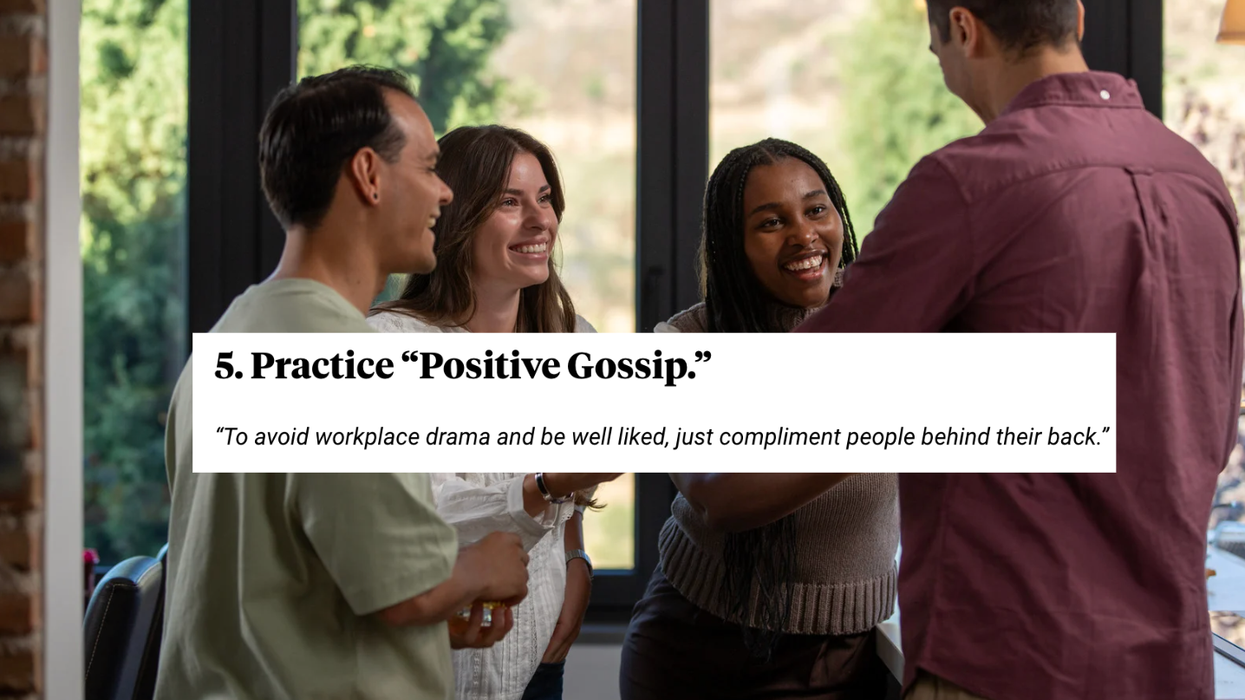
 Gif from Schitt's Creek via
Gif from Schitt's Creek via 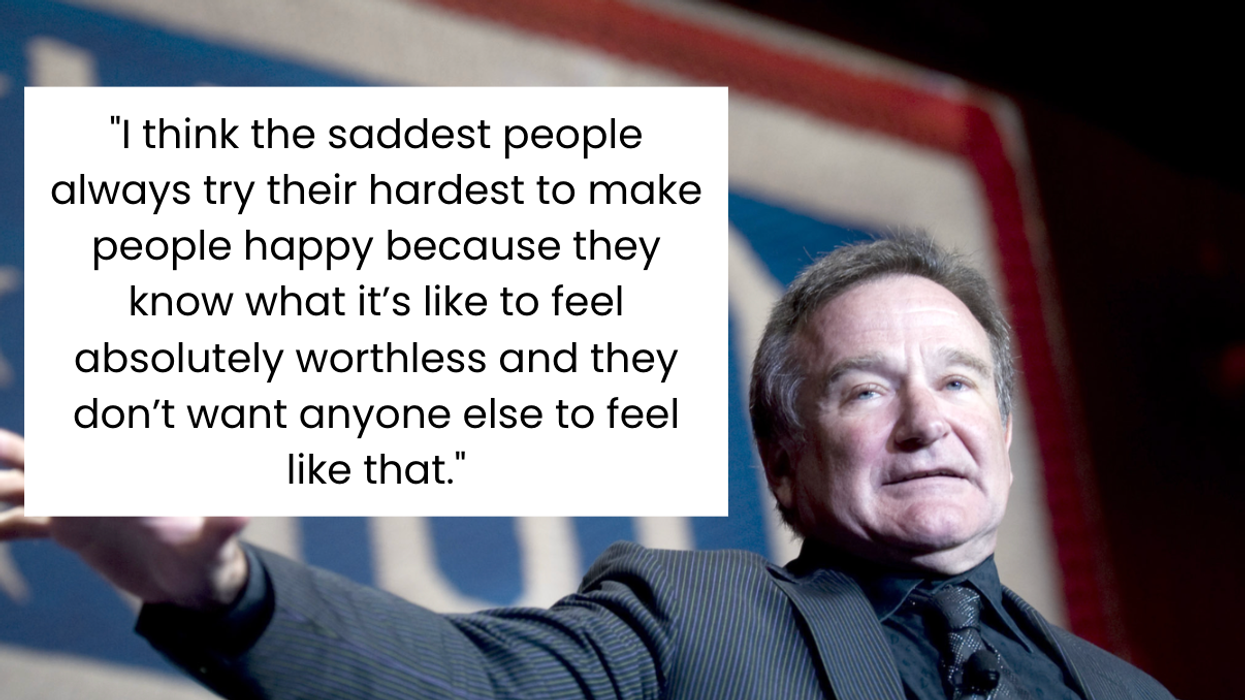
 Robin Williams performs for military men and women as part of a United Service Organization (USO) show on board Camp Phoenix in December 2007
Robin Williams performs for military men and women as part of a United Service Organization (USO) show on board Camp Phoenix in December 2007 Gif of Robin Williams via
Gif of Robin Williams via